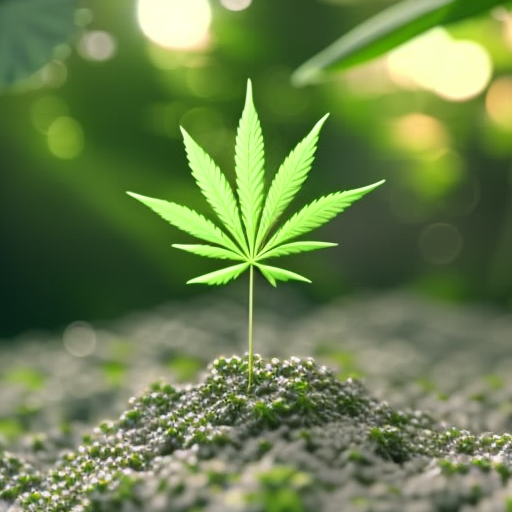
A new study published in the Journal of Cannabis Research has highlighted a “striking contrast” in safety between marijuana grown for the legal market versus the illegal market in Canada. The study found that 92 percent of unregulated cannabis samples tested positive for numerous pesticides, compared to just six percent of regulated products.
The researchers conducted tests on 36 marijuana samples from licensed retailers and 24 illicit samples seized by law enforcement. They analyzed whether the products were grown with or contaminated by any of the 327 different pesticides included in their analysis.
The contamination rate for legal cannabis was found to be just six percent, with trace amounts of only two pesticide residues detected: myclobutanil and dichlobenil. It is worth noting that dichlobenil is not among the 96 pesticides subject to mandatory testing under Canadian law.
In contrast, pesticides were ubiquitous in the illicit market samples. The study revealed that 92 percent of these samples contained potentially dangerous chemicals. The researchers identified 23 unique pesticide active ingredients, with an average of 3.7 different pesticides per sample. Chlorpyrifos, imidacloprid, and myclobutanil were measured at concentrations up to three orders of magnitude above the method’s lowest calibrated level.
Despite the low percentage of legal samples containing pesticides, the researchers noted that “the licensed Canadian cannabis sector has greatly improved.” Prior to mandatory testing requirements implemented in 2019, the contamination rate stood at around 30 percent.
The authors of the study emphasized its significance, stating that it is “the only extensive pesticide multiresidue analysis that compares pesticides in the licensed and illicit cannabis markets in a nation-wide jurisdiction where cannabis has been legalized.” The results support the Government of Canada’s messaging that consuming illegal products could lead to adverse effects and serious harms due to contaminants like pesticides, bacteria, lead, and arsenic.
These findings reinforce what advocates for cannabis reform have long argued: regulating marijuana sales provides consumers with access to safer products. A separate study conducted in the United States last year also highlighted the need for a unified regulatory approach and national-level guidelines on contaminant regulations for cannabis.
Developing a national framework for pesticide regulation in the cannabis industry is challenging under federal prohibition. While the Environmental Protection Agency (EPA) has approved certain pesticides for use on hemp, it has declined to do the same for marijuana due to its illegal status.
Efforts are being made by lawmakers to combat the use of banned pesticides in illegal marijuana grows. A bill has been reintroduced that aims to protect the health of consumers, especially medical cannabis patients, by addressing this issue.
In 2019, Beyond Pesticides, a non-profit organization, called for federal regulations on pesticides used in marijuana to promote public health and safety.
The importance of regulating pesticides in the cannabis industry was further emphasized by the outbreak of vaping-related lung injuries and deaths in 2019. Hazardous additives were found in vape cartridges, which resulted in injuries. States with legal marijuana sales and homegrow reported lower rates of injuries compared to states without such regulations.
In response to these concerns, a biotech startup received a $250,000 grant from the federal National Science Foundation to develop technology aimed at removing dangerous pesticides from various crops, including marijuana.
This study’s findings provide valuable insights into the safety differences between legal and illegal marijuana markets in Canada. The results reinforce the importance of regulating and testing cannabis products to ensure consumer safety and underscore the need for further research and regulatory measures in this area.

